Rather than perpetually building new stadiums for each new World Cup and Olympic Games, Vincent Callebaut Architectures propose to build cultural and sports hubs intended for nomadism at sea, Oceaniums. Half boat, half stadium, these low-carbon community hubs would navigate thanks to renewable energies by using solar radiation and the strength of the prevailing winds, as well as the cold ocean currents of Labrador and the warm Gulf Stream. In this nomadic vision of new sporting and cultural practices, it is no longer the supporters who go to obsolete stadiums but sustainable and ecological stadiums that go to the supporters.
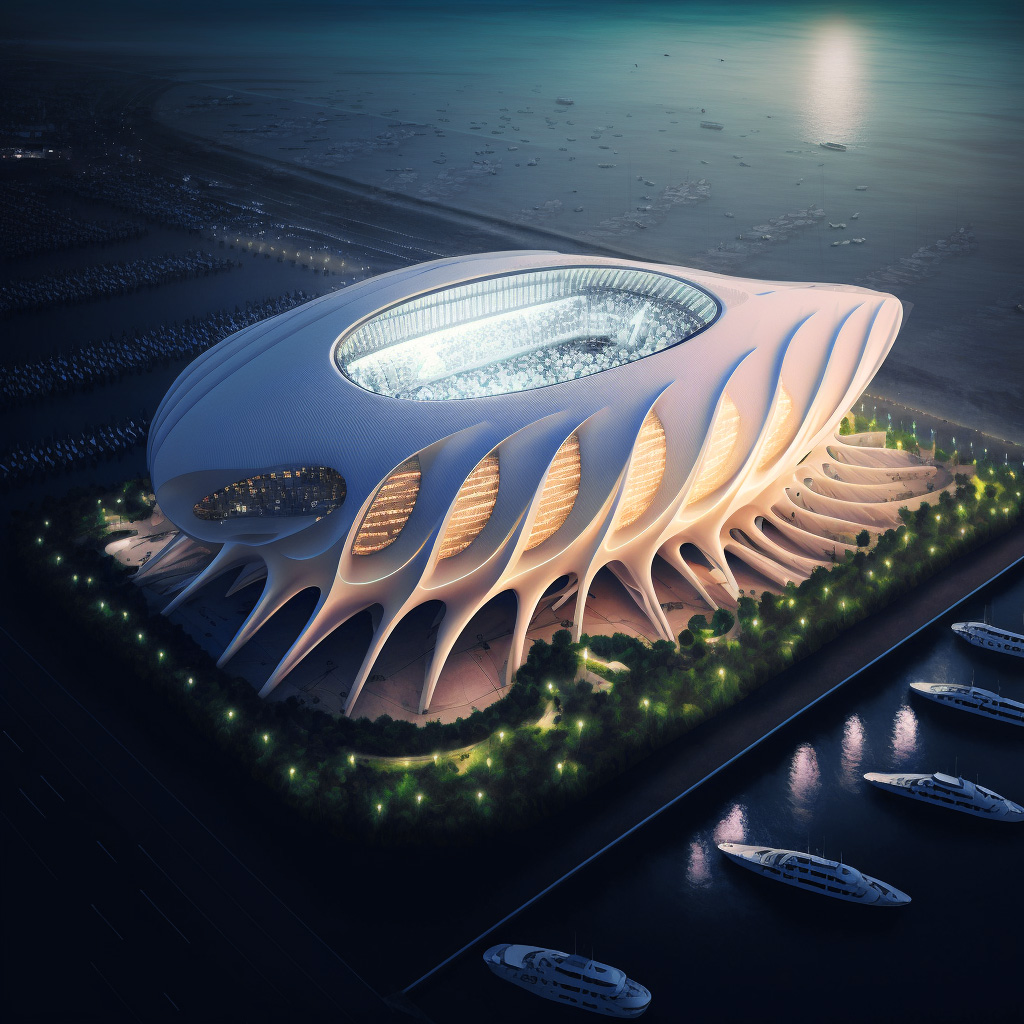
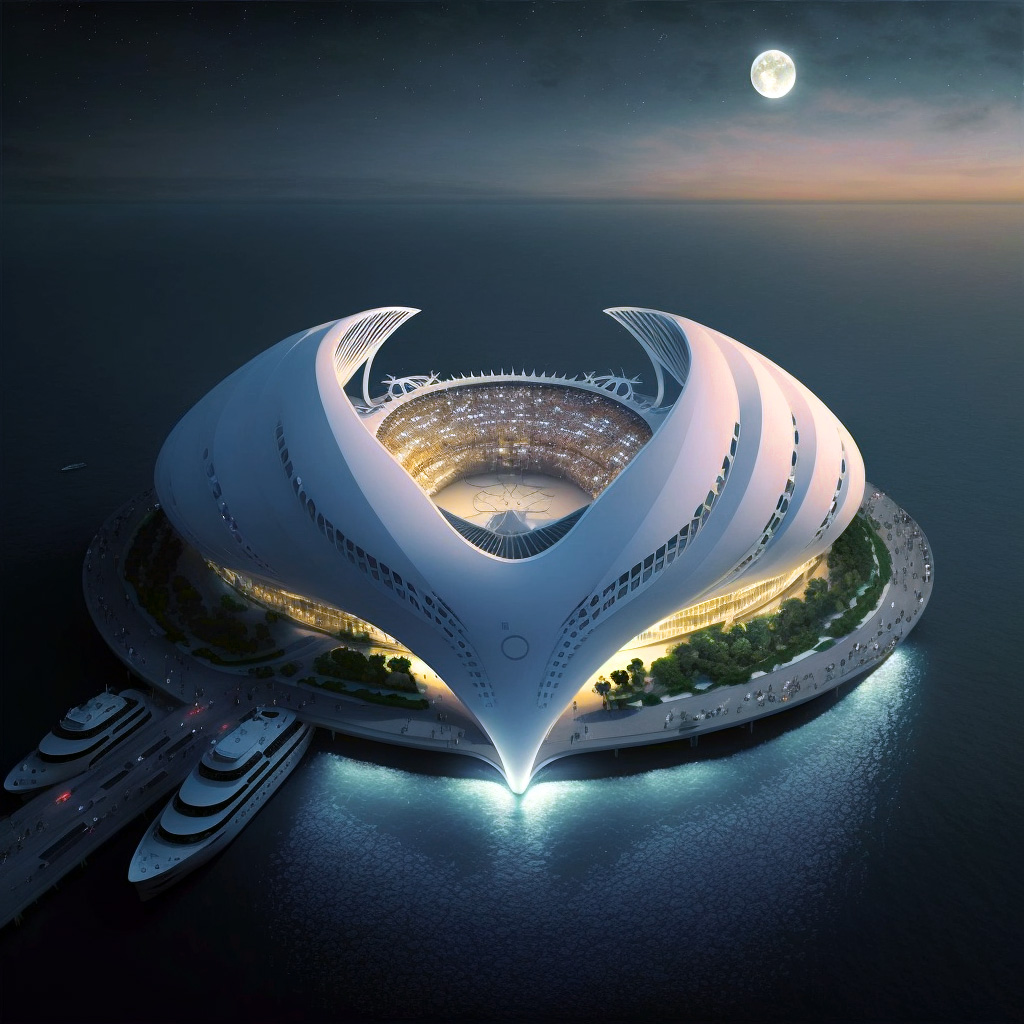
These Oceaniums, which would be true stadiums for the oceans, would be constructed entirely of sourced and recycled materials such as solid wood, recycled aluminum, green algae, and plastic waste from the 7th continent concentrated in the five oceanic gyres. This plastic waste would be recycled into new building materials for 3D printers linked to human-controlled artificial intelligence processors. The development of a plethora of algorithms, particularly the predictive learning provided by AI and 3D printing, has made it an indispensable tool for reducing human risks on future augmented construction sites.
Architecturally, the organic geometries of these floating stadiums are inspired by biomorphism, their optimized structures by bionics, and their ecosystem life cycle by biomimicry. Oceaniums resembling coral reefs in the process of calcification, skeletons of cetaceans filtering seawater, and bioluminescent organisms, are havens of biodiversity dedicated to the flourishing of ocean flora and fauna.
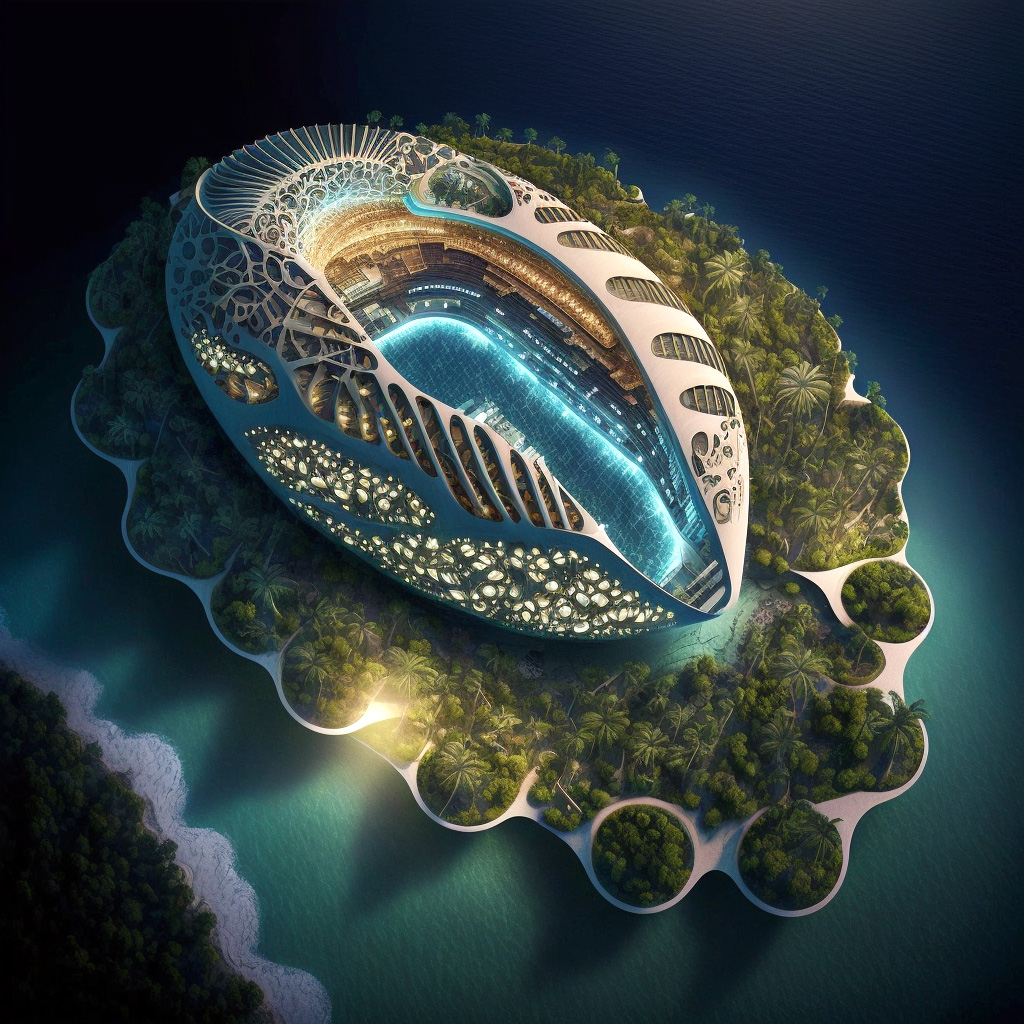

During the World Cup in Qatar, Vincent Callebaut Architectures’ ambition is to transform the constraints of our time into an opportunity to invent a new ecology of sport based on the circular economy – which aims to be regenerative, where nothing is lost, nothing is created, and everything gets recycled. A virtuous economy where waste and pollution are transformed into resources and debts into solidarity. The gradual abandonment of fossil fuels for the sole benefit of renewable energies will boost the development of ocean-energy technologies and tidal power, as well as scientific research around marine biomimicry.
Long live sustainable sport, respectful of the planet, humanity, and biodiversity!
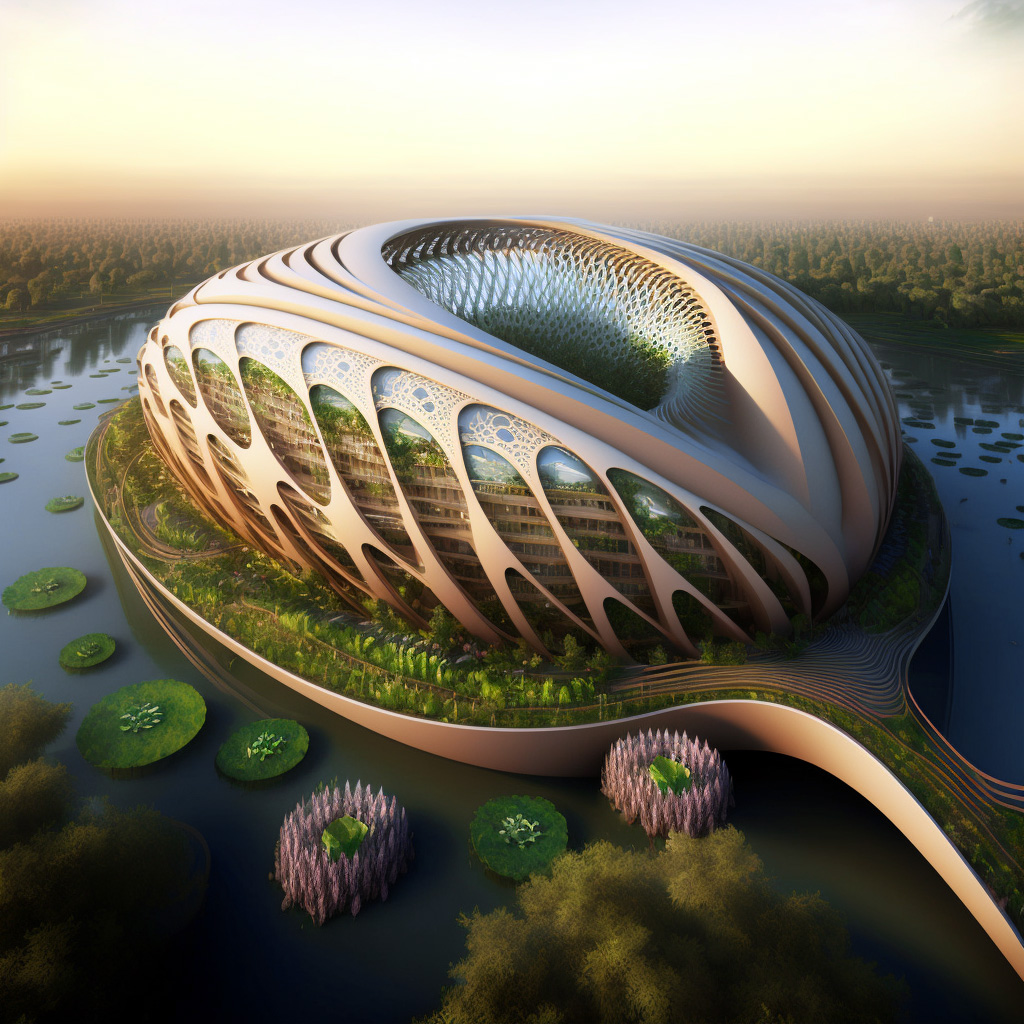
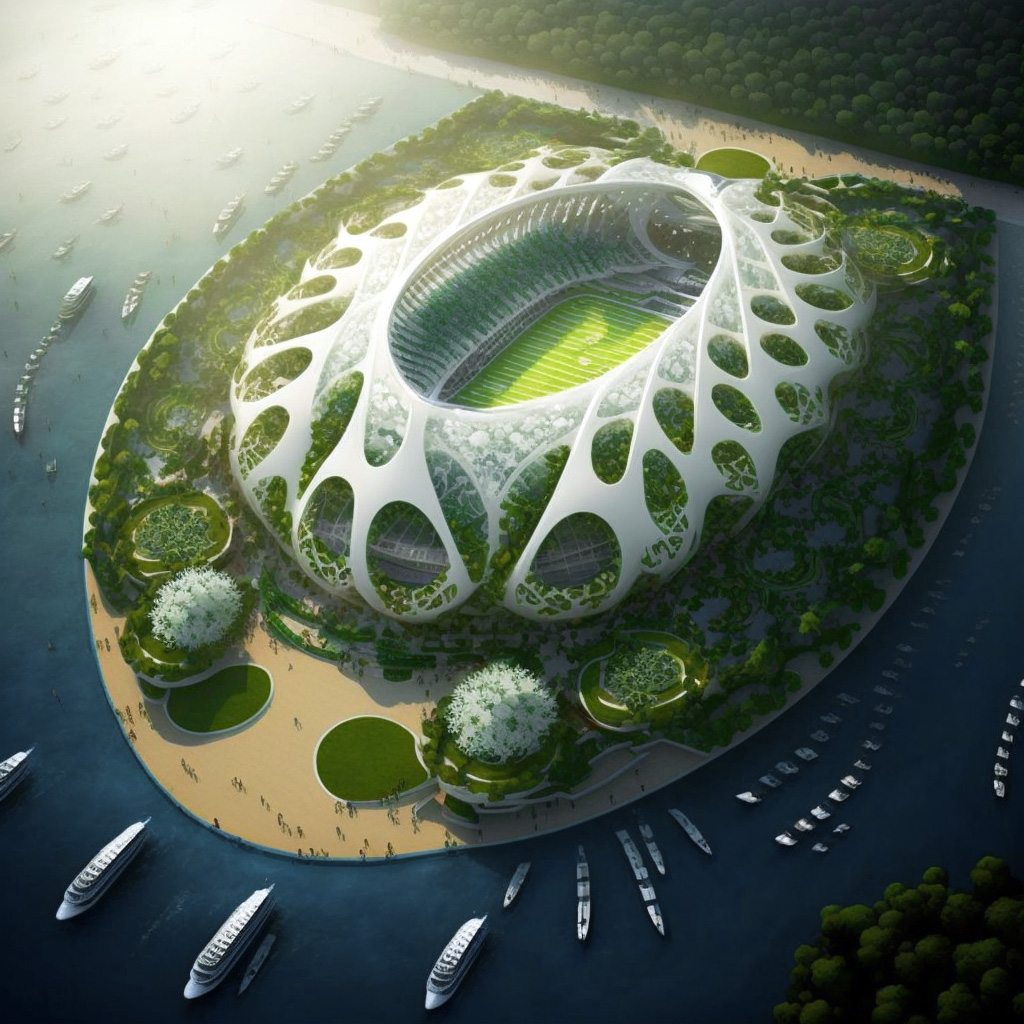
About Vincent Callebaut
“The European Centre for Architecture, Art, Design and Urban Studies, and The Chicago Athenaeum Museum of Architecture and Design have named Belgian architect Vincent Callebaut as the Green Practitioner of the Year 2021. Awarded in the top 50 of the Green Planet Architects, Vincent Callebaut Architectures is referenced as the best eco-prospective and visionary architectural firm by Time Magazine imagining fantastical projects that address the world’s environmental and social ills.
Belgian-born, Paris-based lead Archibiotect Vincent Callebaut designs and builds with the future in mind. Biomimetic and plus-energy buildings that produce their own power, vertical forests, pollution-removing towers and boats, floating cities and oceanscrapers, and vertical food farms. Constantly challenging conventional ideas and pushing architectural boundaries, multiple award-winning Archibiotect, Vincent Callebaut has single-handedly spearheaded the green and sustainable design, taking it to the next level. Known for his eco-visions that surpass the human imagination, his cutting-edge ideas give hope for a better future.”
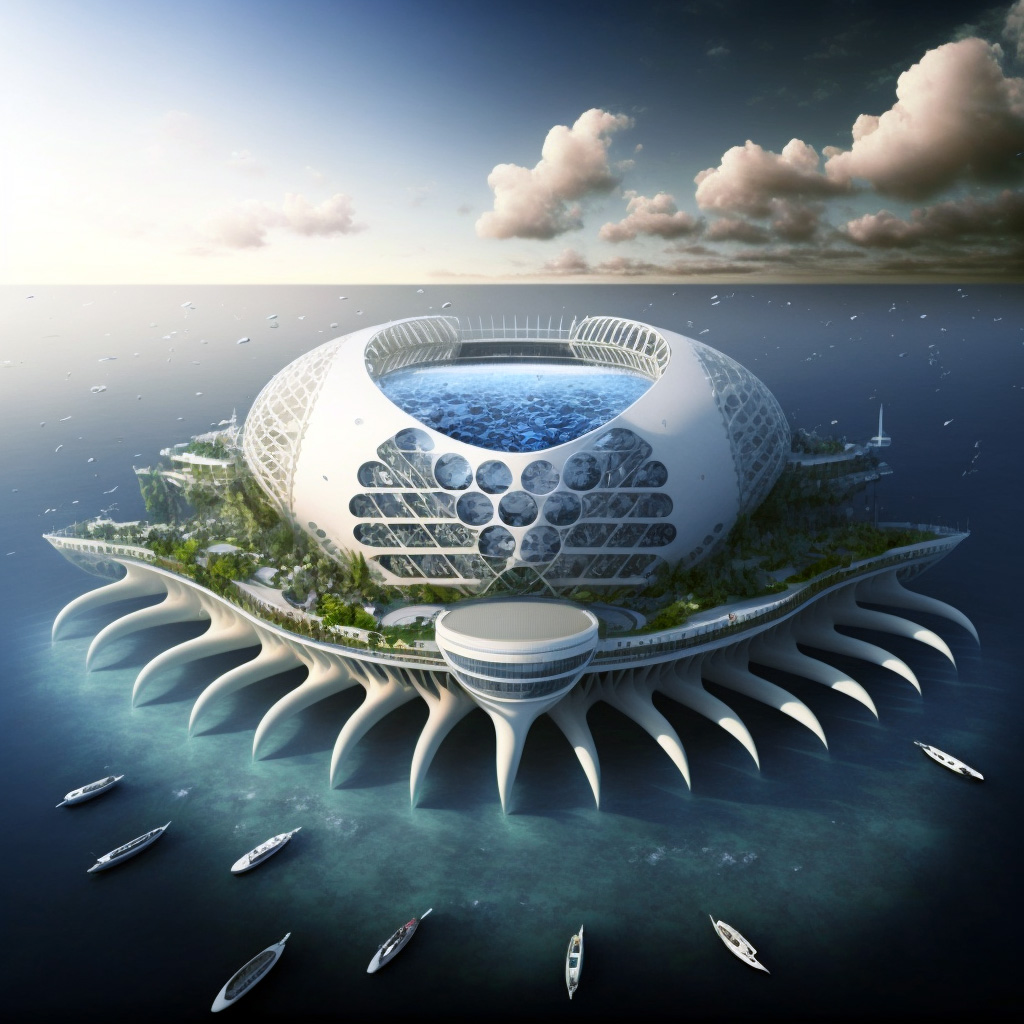
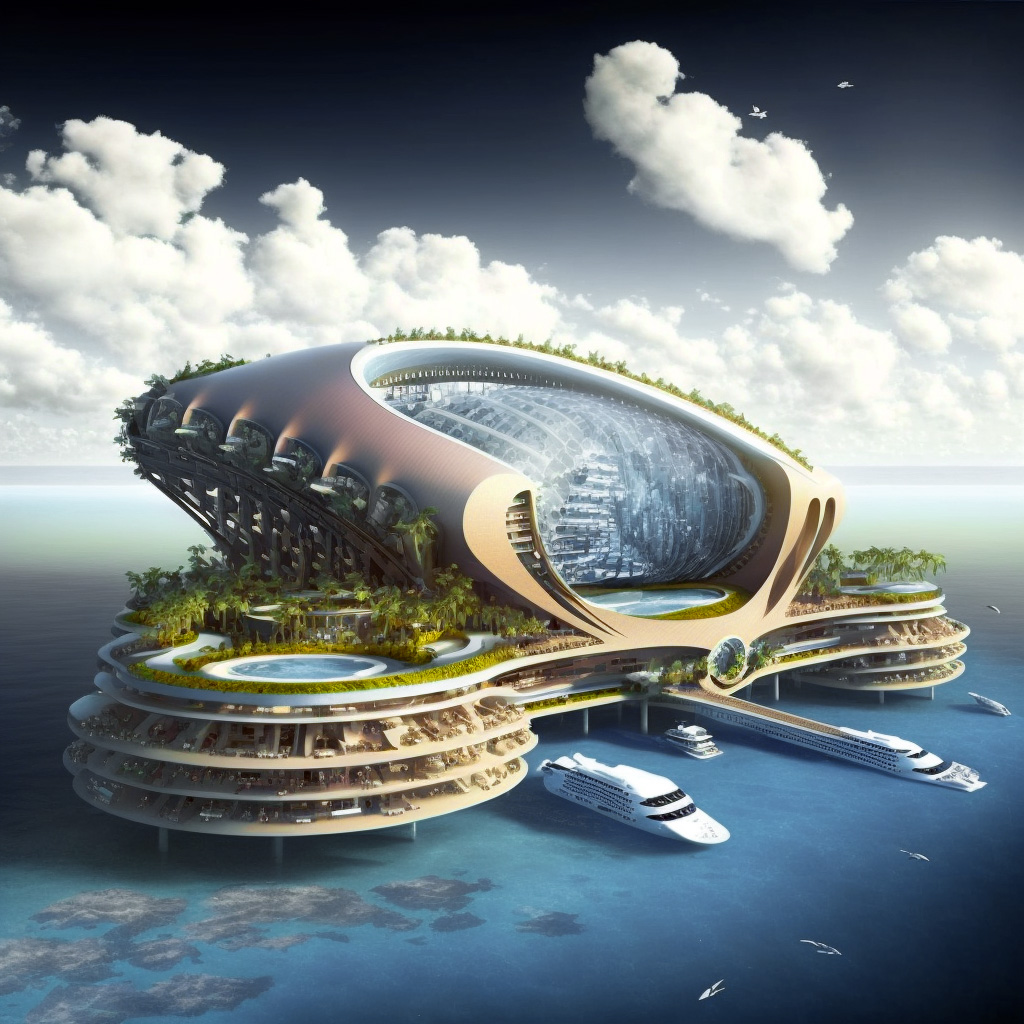
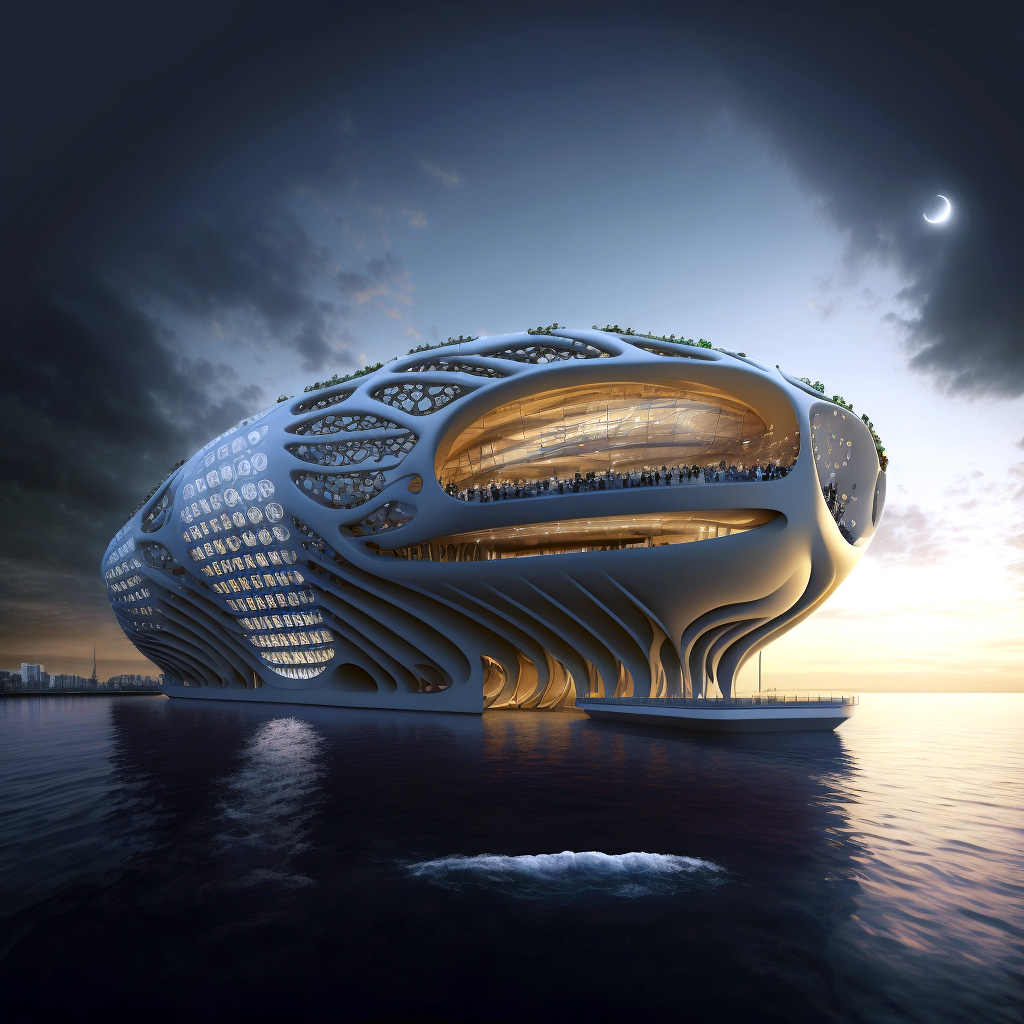
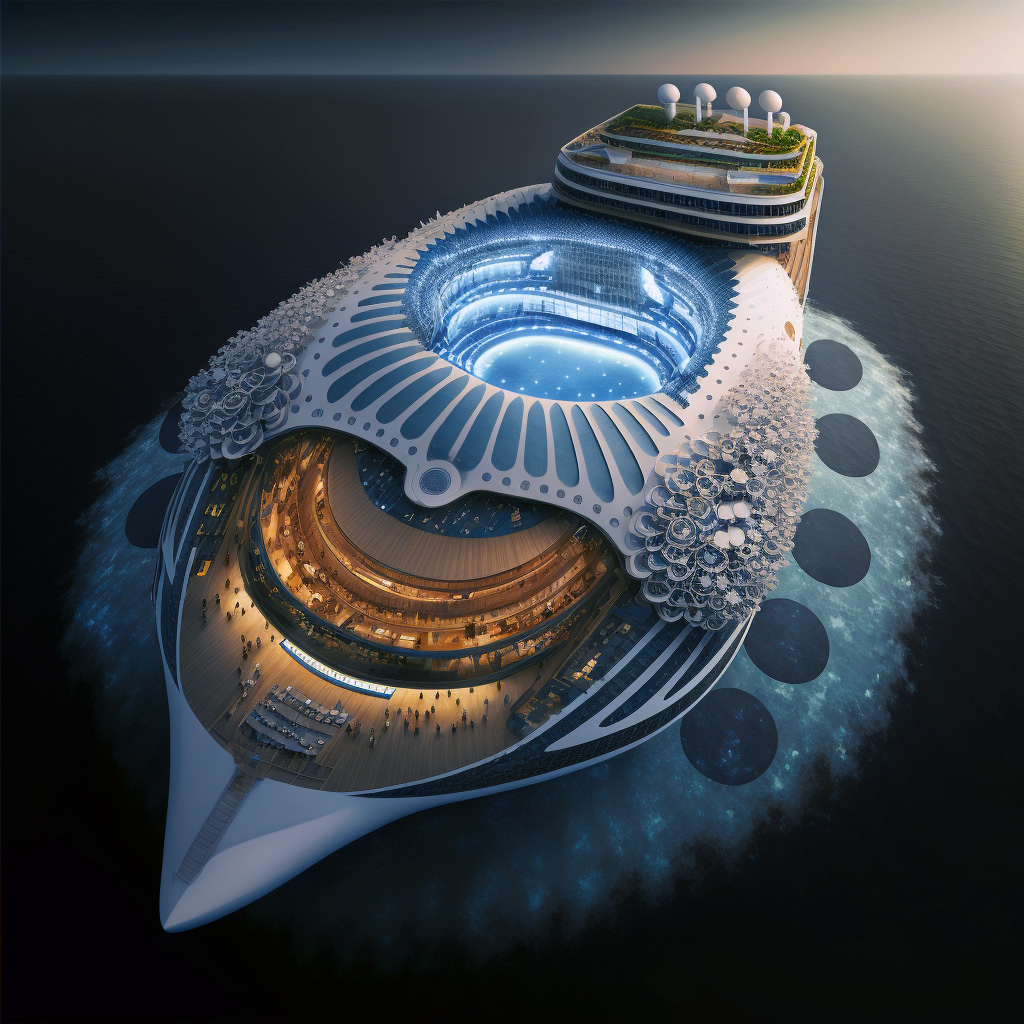


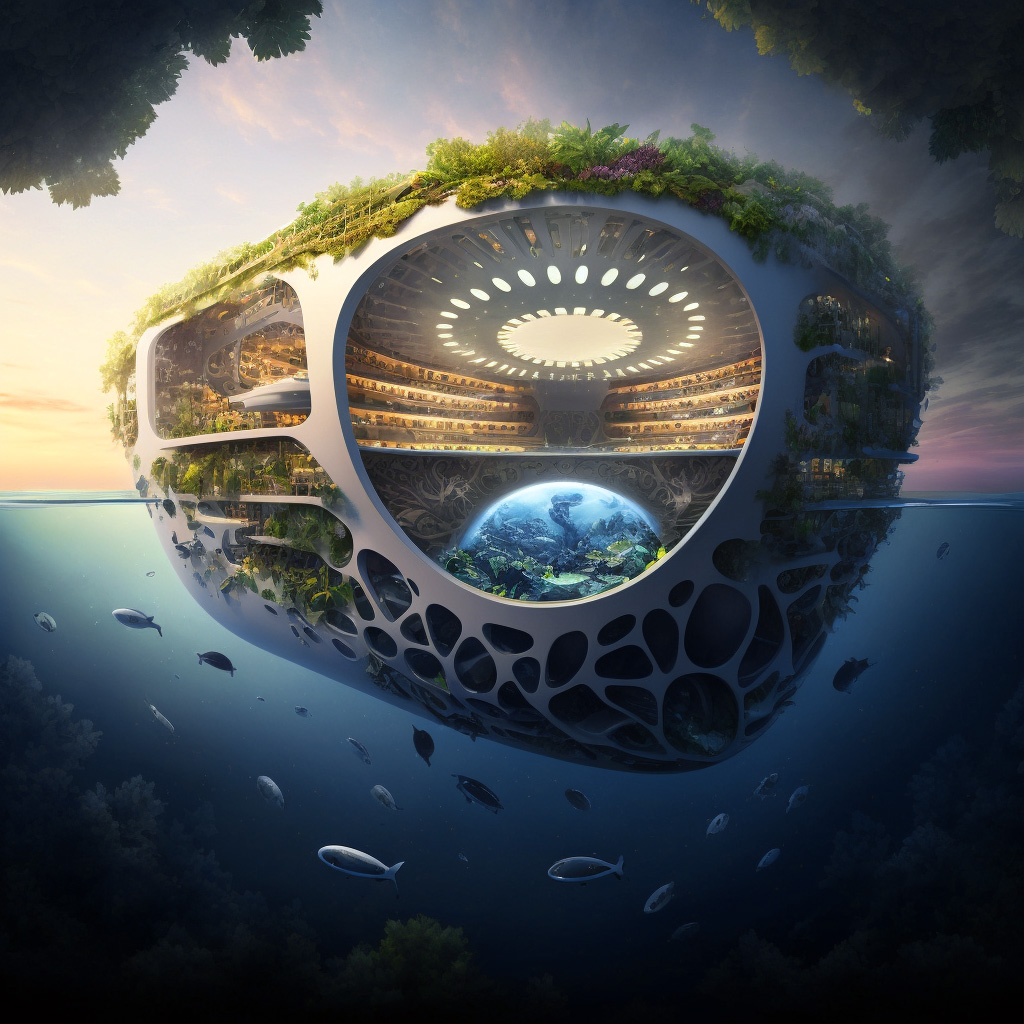



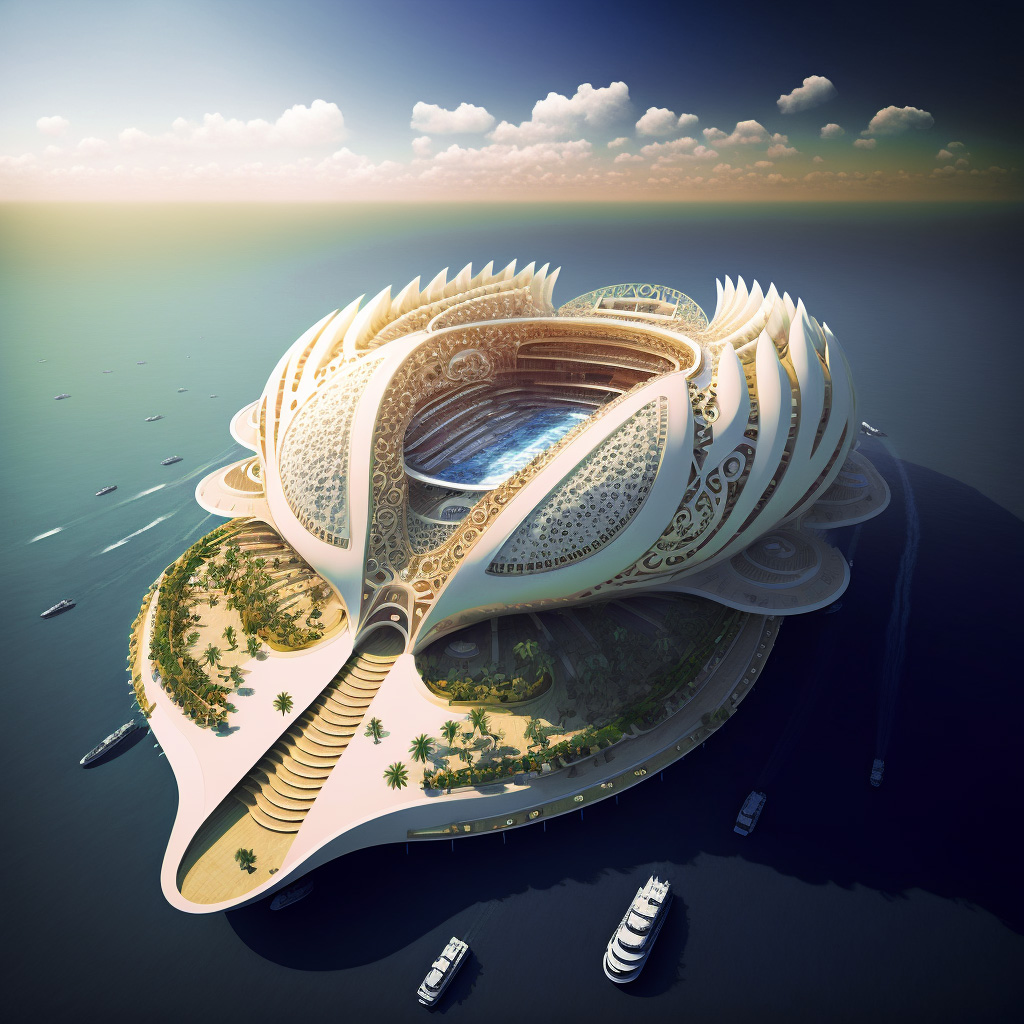

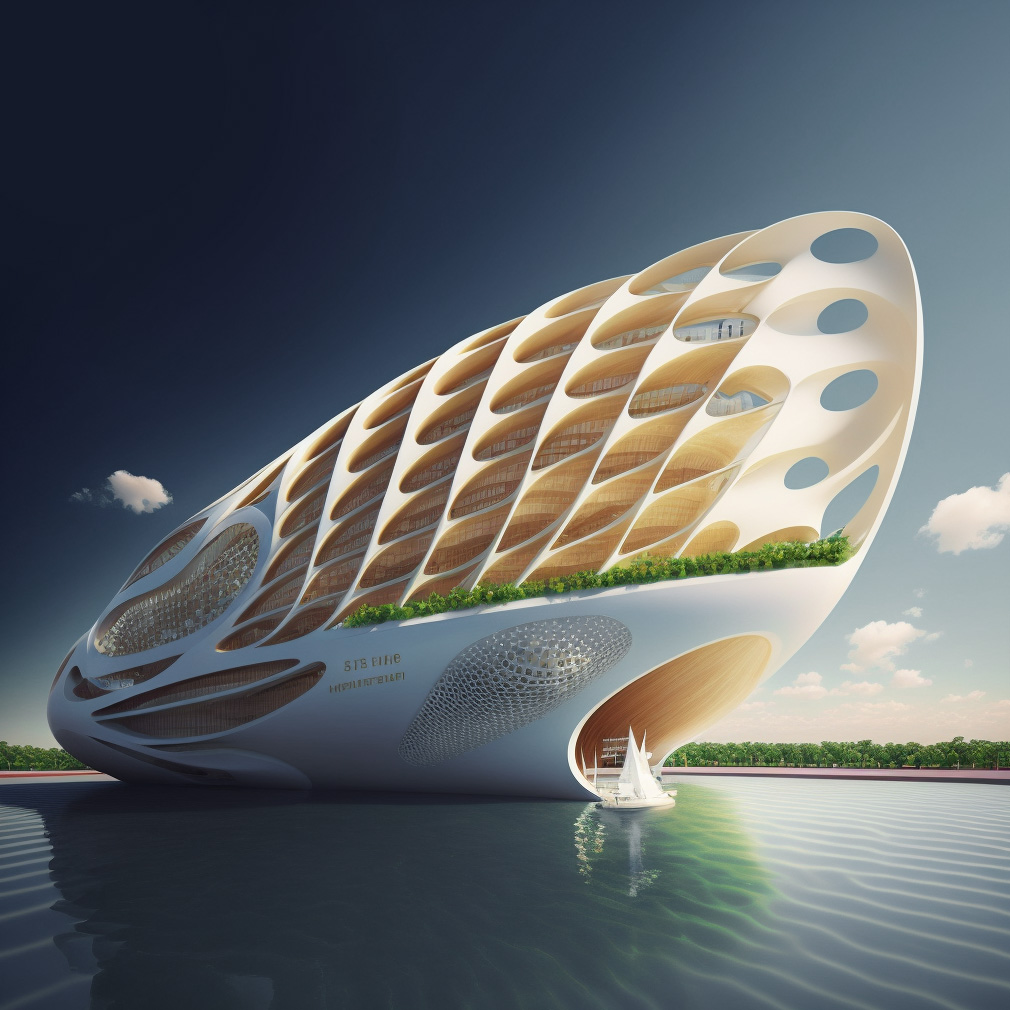
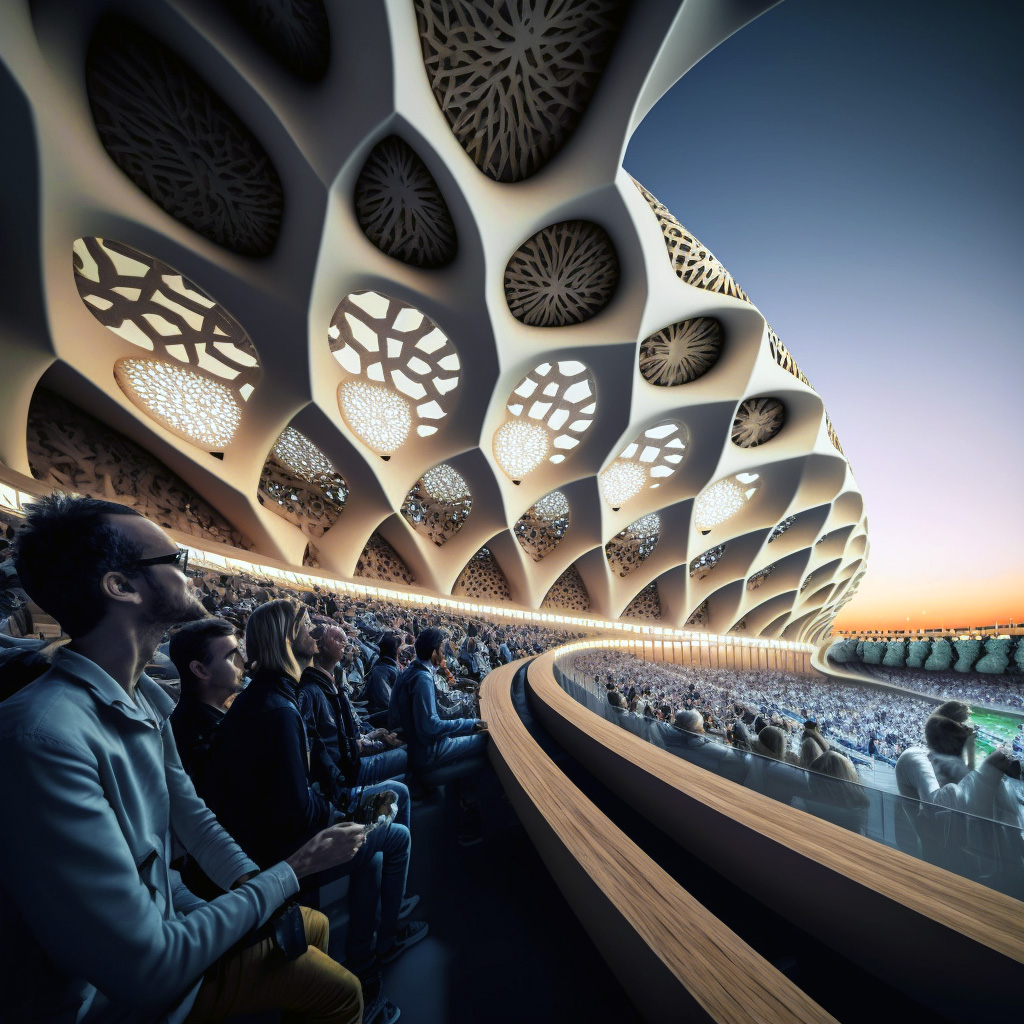
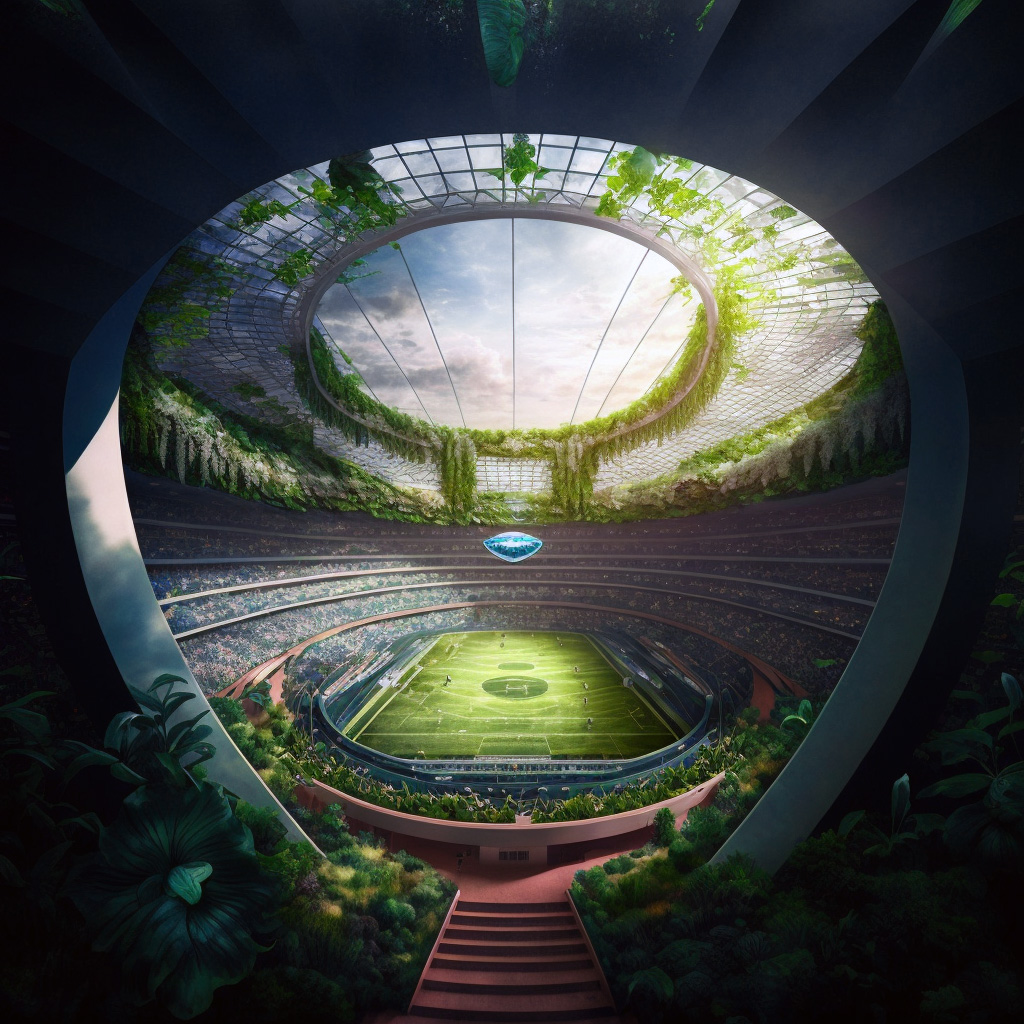

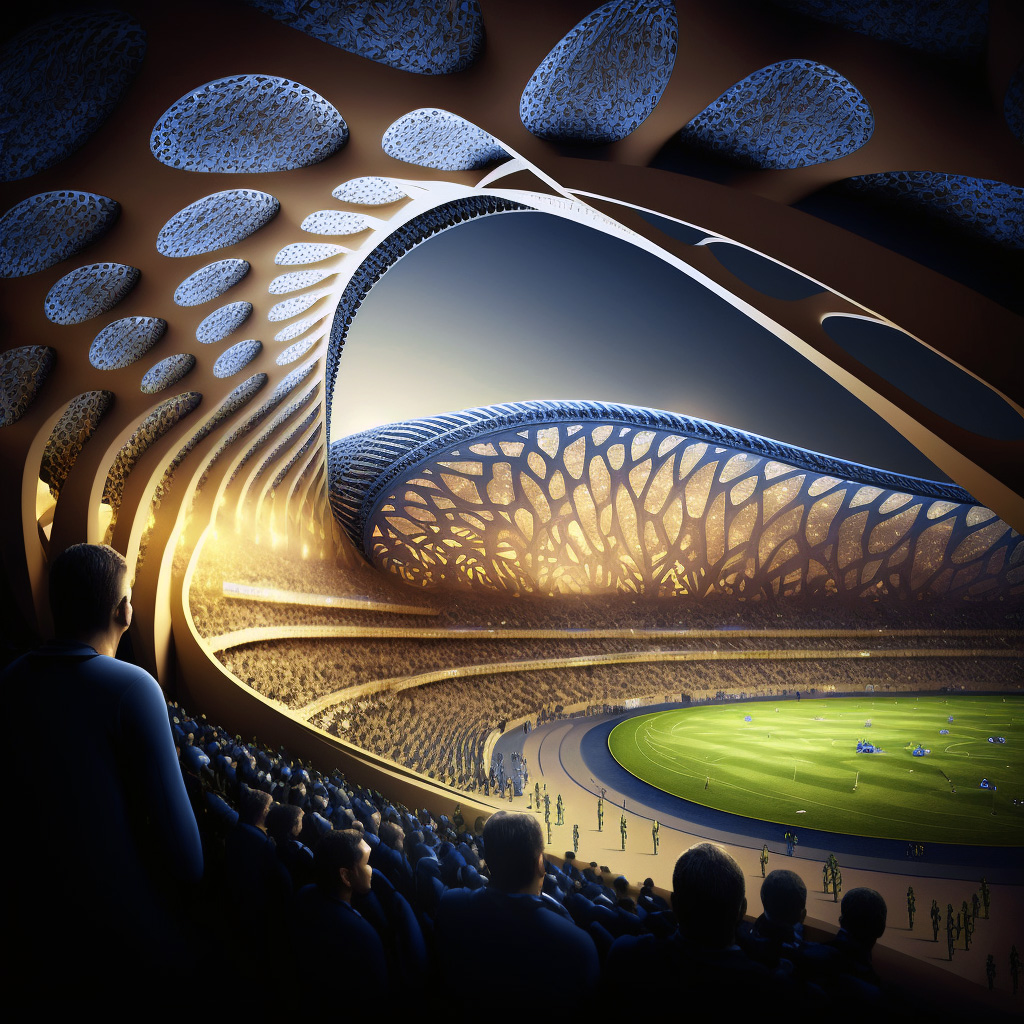





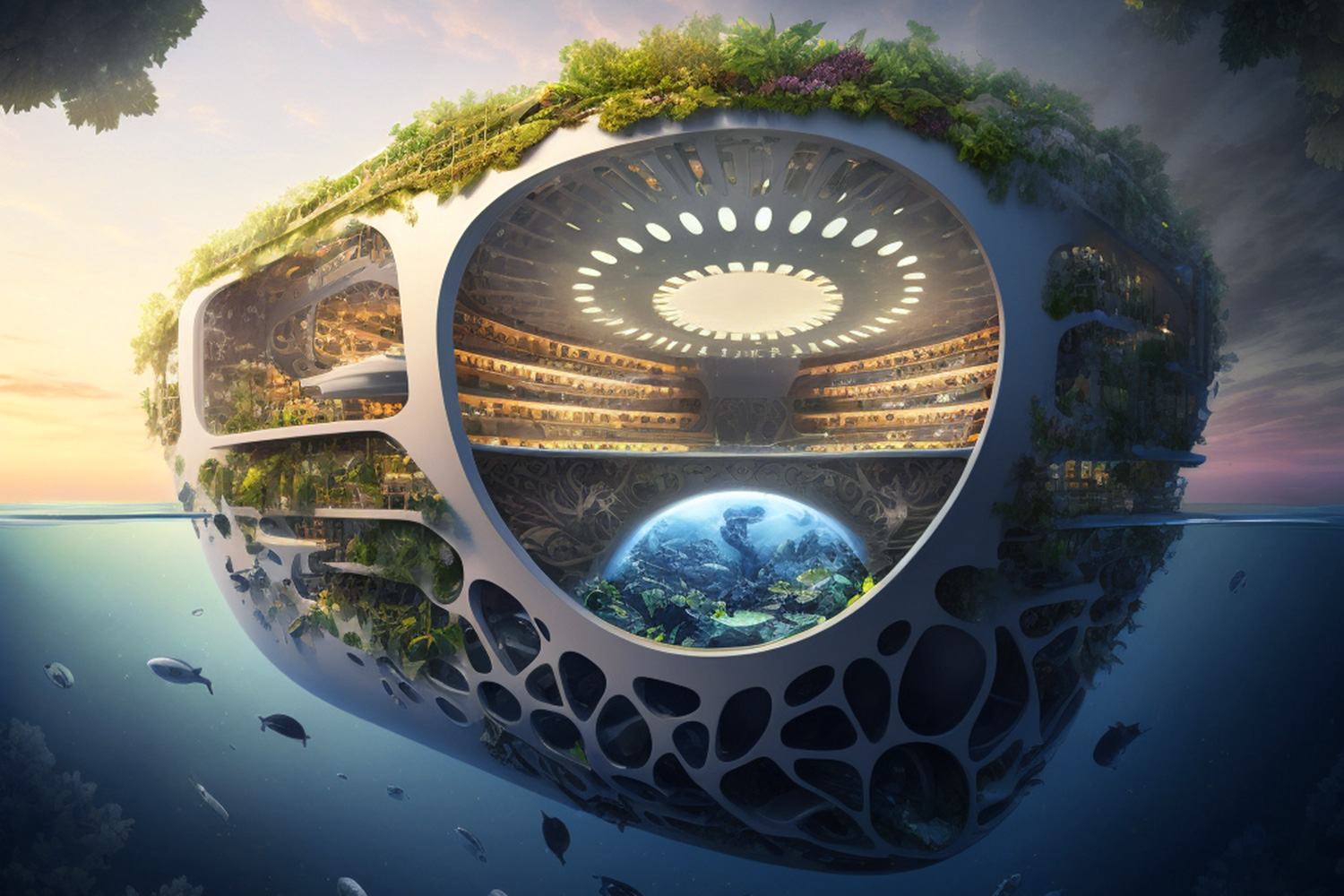


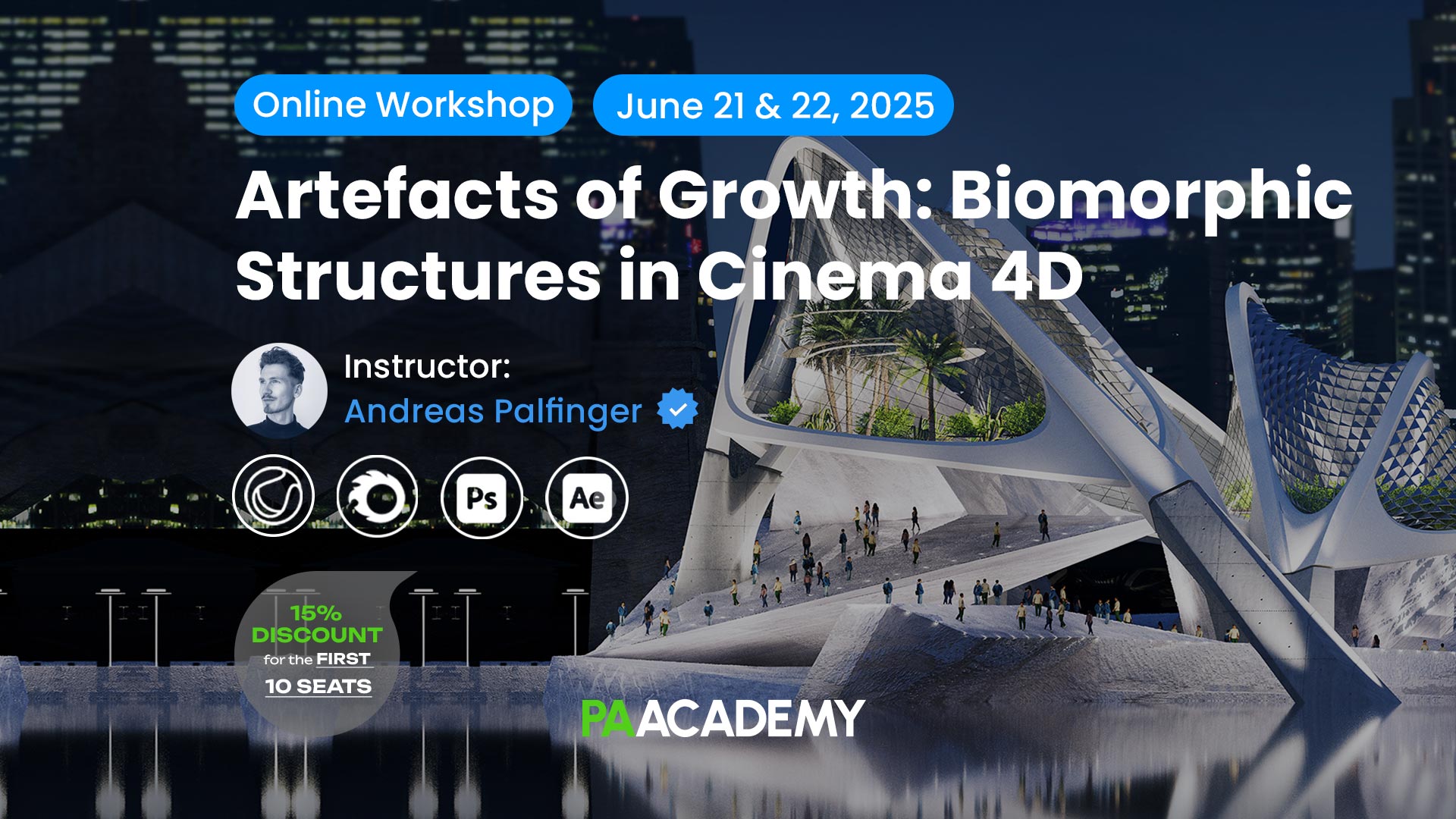











Leave a comment